7 Best Small Wine Producers in Southern California to Try Right Now

While most people know the sad tale about how the auto industry and its corporate fellow schemers offed public transportation in Los Angeles, few know what Prohibition and urbanization did in Los Angeles' flourishing wine production. Indeed, the original seal of the County of Los Angeles — from 1887 until a surprisingly late 1957 — was a cluster of grapes.
In the last 30 years, wine production has exploded throughout Southern California. Take Santa Barbara County, which was named the Wine Enthusiast's wine region of the year in 2021. In the late 1980s, there were 29 wineries; today, there are well over a hundred (one might have opened during that sentence). And even Temecula has survived glassy-winged sharpshooters eating nearly half their vines in the 1990s and a bad rep thanks to recovering from that disaster to become one of the state's hottest wine regions. Now, Southern Californians are making wine from the Mexican border to the Cuyama Valley. Here are just a few of the best small producers:
Byron Blatty Wines
Trying to revive the Los Angeles wine tradition, Mark Blatty and his wife Jenny are the duo behind Byron Blatty Wines. Both "veterans of the TV industry," the couple scour the county for vineyards and make fifteen different varietals, from a Sauvignon Blanc/Semillon co-ferment white blend called Aurora to a Cabernet Sauvignon. In an article for Somm TV Magazine, Blatty describes his brash brand's style this way: "When did 'jammy' become a dirty wine word? Our winery makes big, extracted, and, yes, sometimes jammy wine. We strive for balance, seek nuance and appreciate complexity. But when push comes to shove, we favor big flavor."
Camins 2 Dreams

Wife and wife Tara Gomez and Mireia Taribó bring together two exciting and divergent backgrounds for their passion project Camins 2 Dreams. Gomez, longtime winemaker for the Chumash Tribe's Kitá Wines, is the first recognized Native American winemaker in the U.S. She is also one of the James Beard Foundation's first cohort of Legacy Network advisors. Taribó grew up in Spain, earned a degree in enology, and worked at a winery in the Pyrenees. Now, the couple concentrate on their boutique winery based in the Lompoc Wine Ghetto, where they make exquisite wines, Grüner Veltliner to Syrah, from choice Sta. Rita Hills vineyards.
Esfuerzo Wines
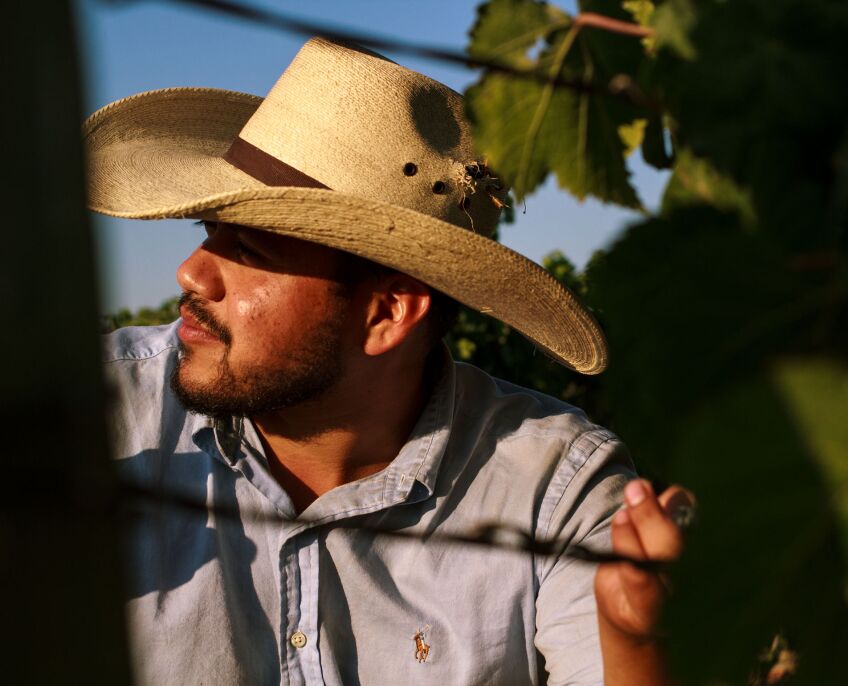
It's telling that the URL for Esfuerzo Wines is Flores Family Vineyards, for this project is truly a story of family. Fidenco Flores' father planted the first vines working for Santa Barbara's renowned Buttonwood Vineyards in 1983; Fidencio grew up on the property. Now, he's making small batches of wine — a barrel here, a barrel there, no more than 40 cases of anything. Here's a chance to taste straight to the soil, sweat and esfuerzo (effort) in the fields. His Grenache and rosé of Pinot Noir are elegant and leaning Old World, reserved but quite enticing. Plus, there's a small tasting room in Buellton, so you can lunch at acclaimed Industrial Eats first and then taste down the street.
Lepiane Wines
Wine runs in Santa Barbara-based Alison Thomson's genes and through Lepiane Wines. Her great-grandfather was a wine-broker and her grandmother bottled wine in their basement during Prohibition. Thomson points out, "My grandma's Italian traditions and stories of bottling wine with her dad inspires me daily nearly 100 years later." Her care for Italian varietals like Barbera, Malvasia Bianca, even the notoriously tricky Nebbiolo, has won her numerous accolades and landed her on prestigious restaurants' wine lists. And if you enjoy her lip-smacking La Gaviota blend of Nebbiolo and Grenache, you will help preserve the largest stretch of undeveloped coastline in Southern California, as a portion of the proceeds of this wine support protecting the Gaviota Coast.
Robert Renzoni Vineyards

Go full-on Temecula at Robert Renzoni — a grand villa for tasting, a trattoria for munching down, hot air balloon rides, and, yes, six 90+ scores for their latest bottlings from Wine Enthusiast's Matt Kettmann. "Robert's main goal is to continue his family's legacy of winemaking dating back to 1886 in Fano, Italy," says winemaker Olivia Bue, who has previously worked at Mollydooker in Australia and Cakebread in Napa. "Quality, family and pride define this winery." Focusing primarily on Italian and Rhone varietals, as one might expect in a warmer growing region, Renzoni even offers prosecco and a grappa, which is sure to please every palate.
Say When

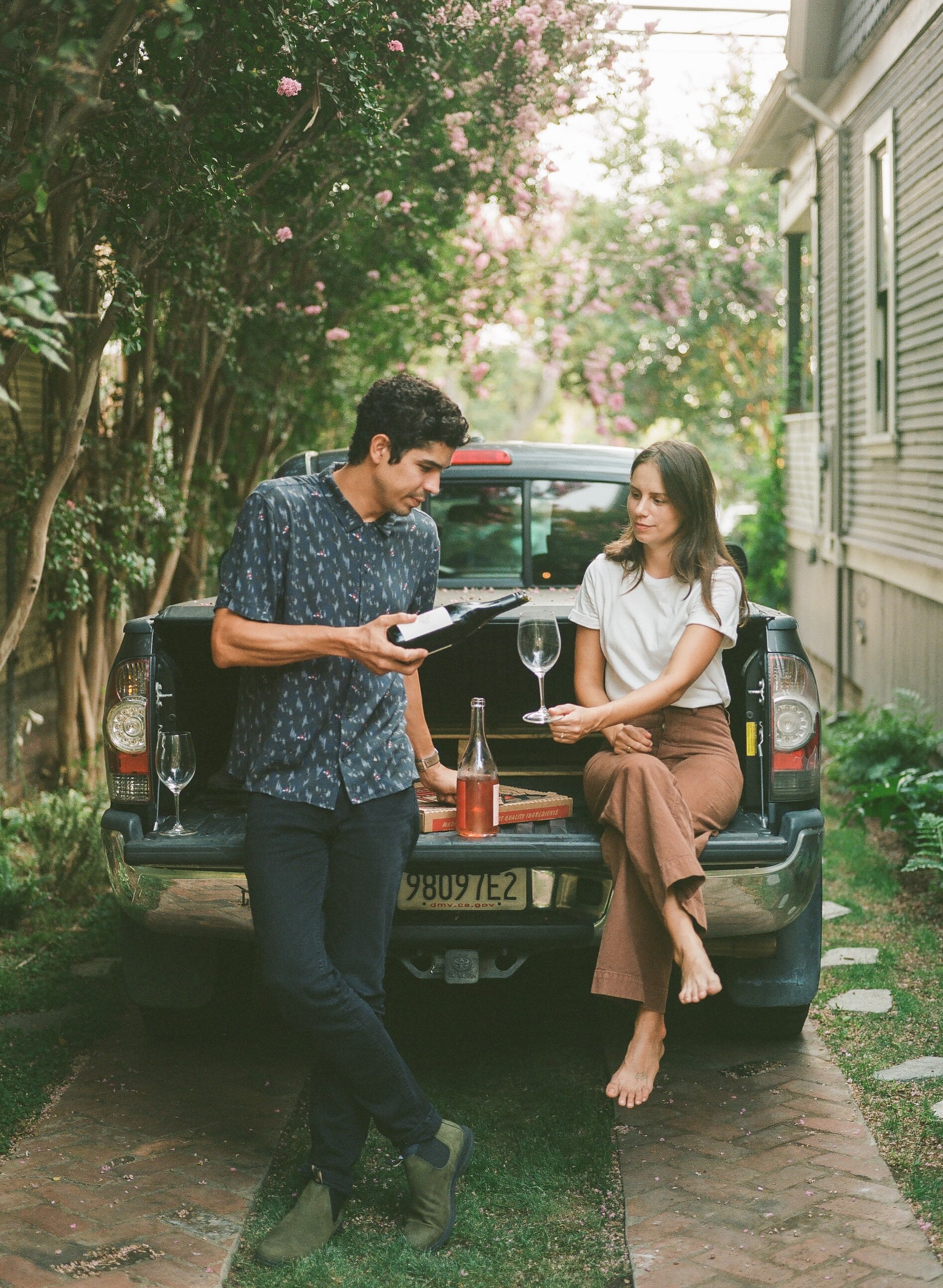
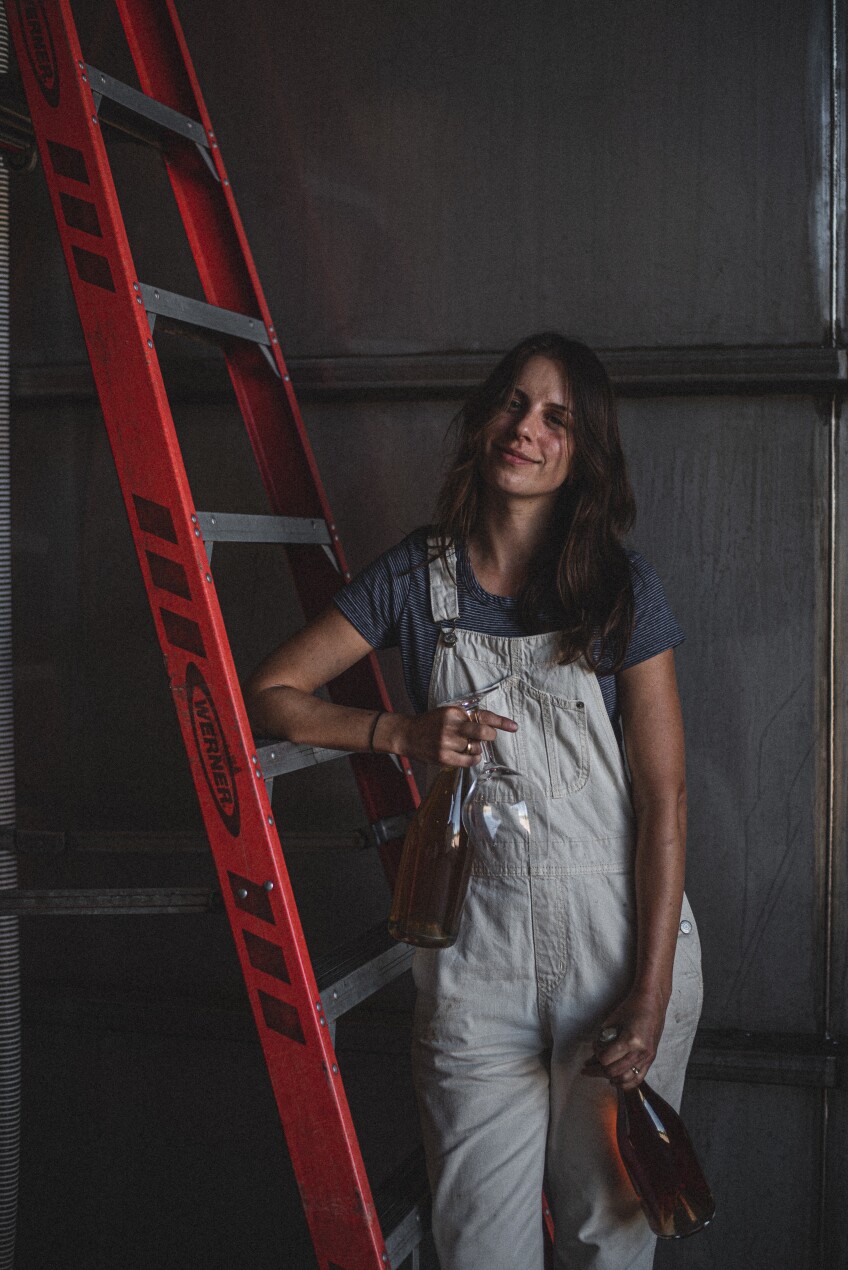

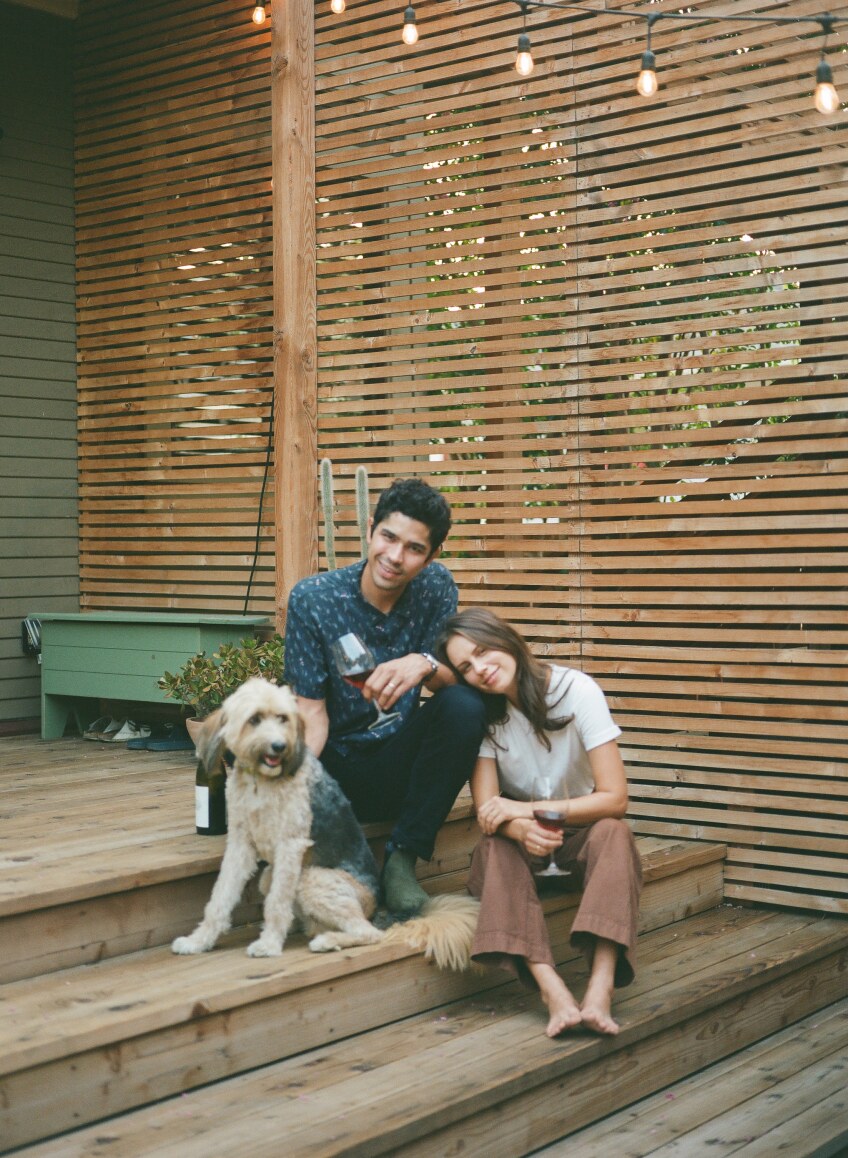

Rachel and Michel DeAscentiis live in L.A. and make wine in Lompoc, so Rachel asserts, "That juxtaposition of the city and the small town has always defined the Say When brand a little. It is interesting being 'from' both places, though, because the tastes and preferences of consumers can be entirely different. What I've learned from this is that you just have to make wine that you enjoy." The heart of the project is Santa Barbara Pinot Noir (Rachel's original label, RASI, began with one barrel made while she was assistant winemaker at Loring), but now expands to include crazy fun things like a 2020 Weird Parties Carbonic White that's a veritable tropical punchbowl. Still making less than 700 cases of wine a year, Rachel says, "I would say that the wines of Say When are experimental, but with traditional, or classic, roots."
tercero wines
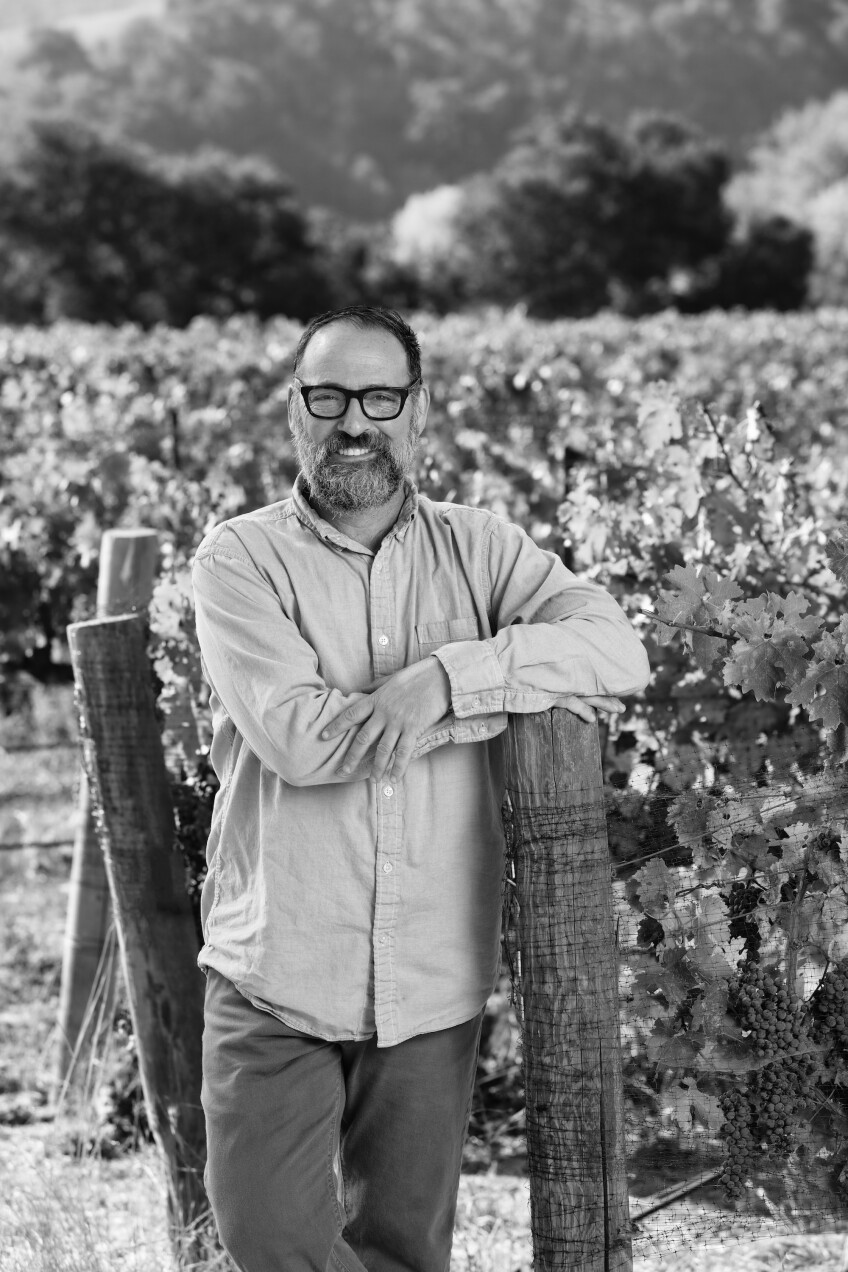
Owner/winemaker Larry Schaffer of tercero wines has been at it for nearly two decades and that experience leads him to say, "The longer I do this, the more I realize how much more I have to learn — and I continue to be excited about the challenges of new vintages, new varieties, new techniques. Standing still is just not an option for me." True to form, while he's primarily known for his Rhone varietals, just this year he's released his first Pinot Noirs — a blend from Kessler-Haak Vineyard, plus separate bottlings of the three different clones that make up the blend. Coming from a family of educators, Schaffer can't help but teach. But never ends up pedantic — if you catch him at his Los Olivos tasting room you'll learn a lot, but mostly about what you like. As he puts it, "I want people to enjoy wine, not be intimidated by it."
Of course, highlighting merely seven of the hundreds of southern California wineries is a bit of a fool's errand. The trick is to find either a varietal or a region you like and let that preference take you to other discoveries. Just don't forget the smaller producers — even if they don't have a tasting room, sometimes you can arrange for a private tasting if you reach out in advance.
It's fun to think of Larry Schaffer's metaphor for the boutique winery as an Indie rock band. "Those bands that just dig what they do, regardless of whether they get critical acclaim, have millions of downloads, etc. They have a point of view that oftentimes runs counter to more 'mainstream' bands. They are underdogs, seeking the chance, just the chance, to be heard," he says. "It's the act of pouring for people that I cherish, just as an indie rock band cherishes the opportunity to play whenever they can and for whomever they can."







